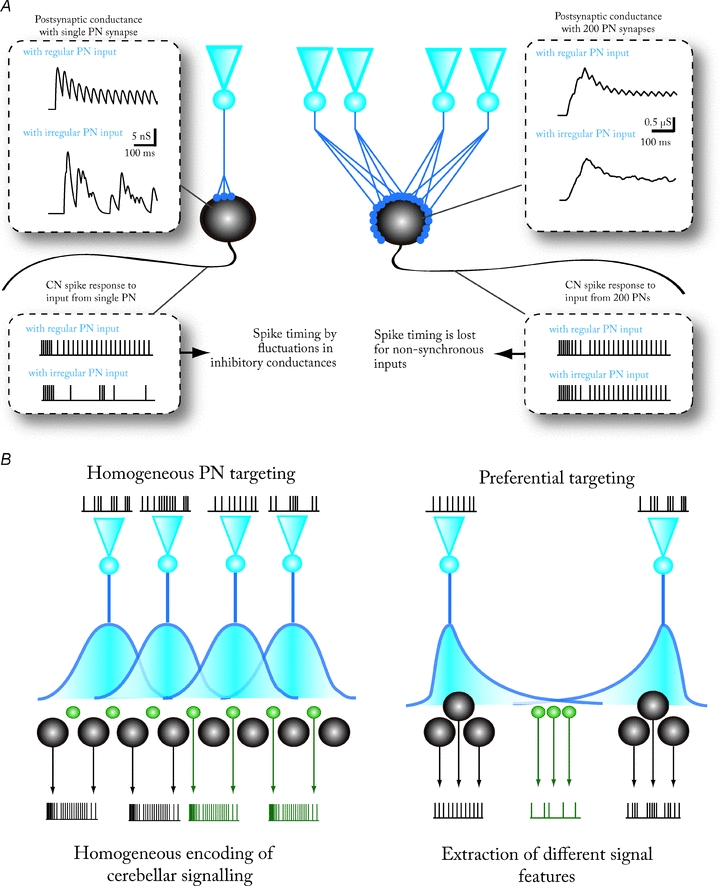Figure 2. Corticonuclear convergence and divergence.

A, conceptual drawing, based on simulation of synaptic conductance fluctuations, showing the effect of two extreme cases of PN-to-CN convergence ratios on CN spike timing. Left: 1-to-1 connection between a PN and a CN neuron results in large inhibitory current fluctuations that can precisely time CN spikes. Different firing patterns in PNs (in this case, either regular or irregular firing) lead to easily distinguishable CN firing patterns. Right: at higher (200-to-1) convergence ratios, the individual spikes cannot be resolved in postsynaptic current fluctuations, and the CN neuron only responds to changes in the average firing rate of the pool of presynaptic PNs. Notably, the CN output is quasi-identical whether the presynaptic PNs fire regularly or not. See Shin et al. (2007) for further information on the synaptic conductance model used. B, heterogeneity of PN–CN divergence determines the diversity of the spiking responses of CN neurons to a cortical activity pattern. Left: homogeneous divergence and convergence of PNs over all CN neurons leads to the CN acting as a homogeneous feature extractor. All CN neurons in a given cortical target zone will encode and transmit a single property of the cerebellar computation. If all CN neurons are equally innervated by a large number of converging PNs, and each PN contacts CN cells of all neuronal subtypes, the extracted feature is the average firing rate of PNs. Right: in the opposite case, PNs target preferably certain CN neuron populations (black) that are nearly exclusively contacted by many terminals from single PNs (or a small group of PNs with similar firing patterns). Other CN populations (green) receive synaptic input from overlapping groups of PNs via fewer synaptic terminals. In this case, the ‘black’ CN neurons are able to convey information about individual PN spike timing, whereas the ‘green’ CN neurons will encode average cerebellar spike rates in their own output. Note that reliable transmission of either feature to the extracerebellar targets requires that a group of CN neurons receives exactly the same cortical signal.
